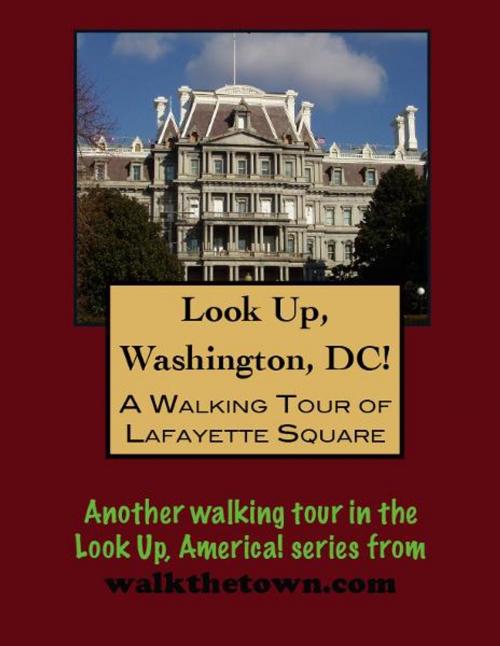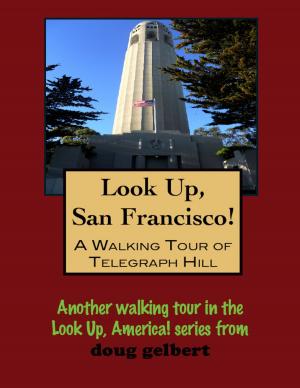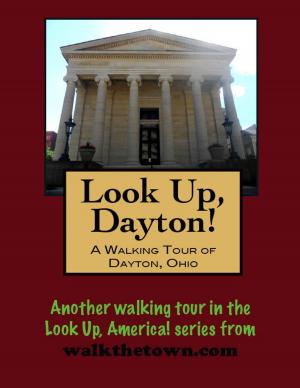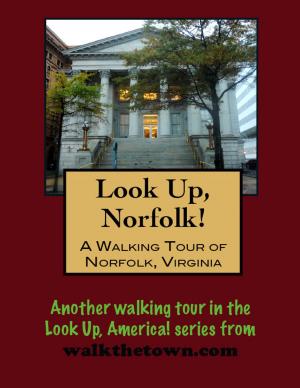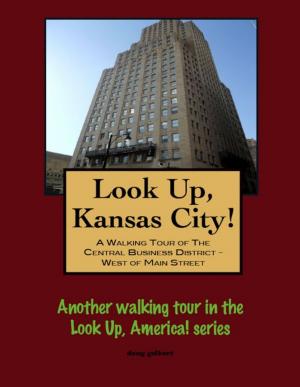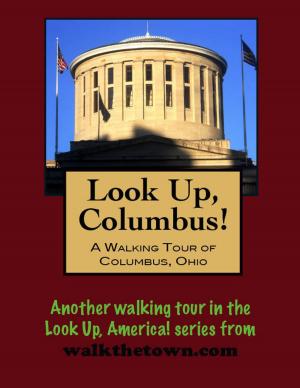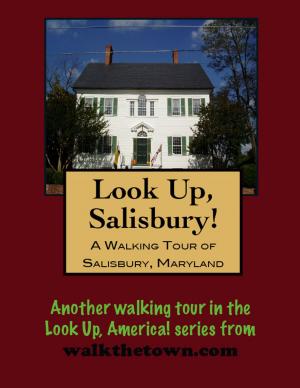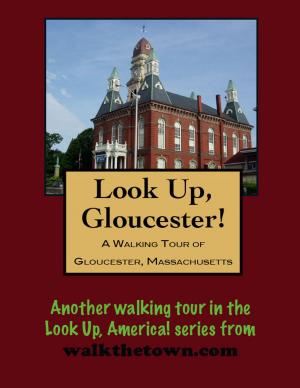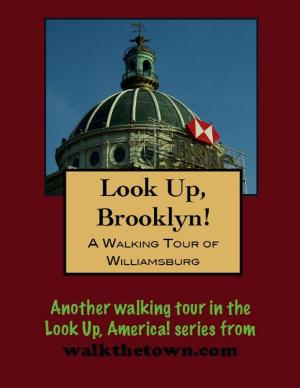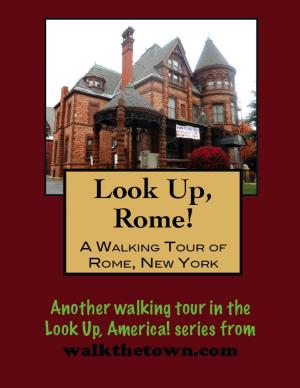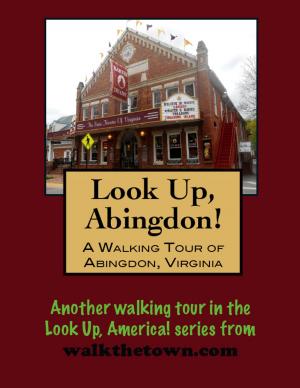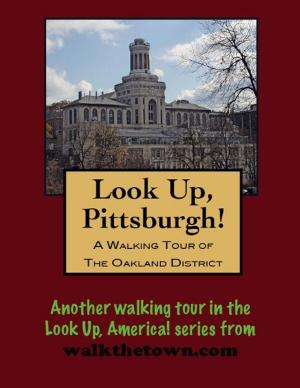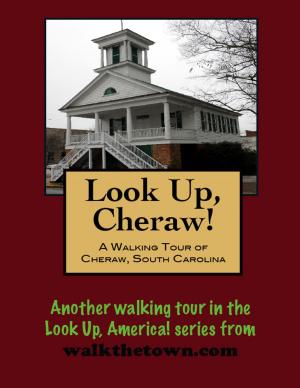| Author: | Doug Gelbert | ISBN: | 9781452307510 |
| Publisher: | Doug Gelbert | Publication: | January 11, 2010 |
| Imprint: | Smashwords Edition | Language: | English |
| Author: | Doug Gelbert |
| ISBN: | 9781452307510 |
| Publisher: | Doug Gelbert |
| Publication: | January 11, 2010 |
| Imprint: | Smashwords Edition |
| Language: | English |
There is no better way to see America than on foot. And there is no better way to appreciate what you are looking at than with a walking tour. Whether you are preparing for a road trip or just out to look at your own town in a new way.
Each walking tour describes historical and architectural landmarks and provides pictures to help out when those pesky street addresses are missing. Every tour also includes a quick primer on identifying architectural styles seen on American streets.
Lafayette Square is a seven-acre public park located directly north of the White House on H Street between 15th and 17th Streets, NW. The Square and the surrounding structures were designated a National Historic Landmark District in 1970. Originally planned as part of the pleasure grounds surrounding the Executive Mansion, the area was called “President’s Park”. The Square was separated from the White House grounds in 1804 when President Jefferson had Pennsylvania cut through. In 1824, the Square was officially named in honor of the Marquis de Lafayette of France.
Lafayette Park has been used as a race track, a graveyard, a zoo, a slave market, an encampment for soldiers during the War of 1812, and many political protests and celebrations. The surrounding neighborhood became the city’s most fashionable 18th century residential area - home to a number of Washington personalities including Lincoln’s Secretary of State William Henry Seward and South Carolina Senator John C. Calhoun. Andrew Jackson Downing landscaped Lafayette Square in 1851 in the picturesque style. Today’s plan with its five large statues dates from the 1930s. In the center stands Clark Mills’ equestrian statue of President Andrew Jackson, erected in 1853; in the four corners are statues of Revolutionary War heroes: France’s General Marquis Gilbert de Lafayette and Major General Comte Jean de Rochambeau; Poland’s General Thaddeus Kosciuszko; Prussia’s Major General Baron Frederich Wilhelm von Steuben.
This walking tour will explore Lafayette Square to the north of the White House and the buildings bordering the Ellipse to the south of the White House. We will start in the center of the square...
There is no better way to see America than on foot. And there is no better way to appreciate what you are looking at than with a walking tour. Whether you are preparing for a road trip or just out to look at your own town in a new way.
Each walking tour describes historical and architectural landmarks and provides pictures to help out when those pesky street addresses are missing. Every tour also includes a quick primer on identifying architectural styles seen on American streets.
Lafayette Square is a seven-acre public park located directly north of the White House on H Street between 15th and 17th Streets, NW. The Square and the surrounding structures were designated a National Historic Landmark District in 1970. Originally planned as part of the pleasure grounds surrounding the Executive Mansion, the area was called “President’s Park”. The Square was separated from the White House grounds in 1804 when President Jefferson had Pennsylvania cut through. In 1824, the Square was officially named in honor of the Marquis de Lafayette of France.
Lafayette Park has been used as a race track, a graveyard, a zoo, a slave market, an encampment for soldiers during the War of 1812, and many political protests and celebrations. The surrounding neighborhood became the city’s most fashionable 18th century residential area - home to a number of Washington personalities including Lincoln’s Secretary of State William Henry Seward and South Carolina Senator John C. Calhoun. Andrew Jackson Downing landscaped Lafayette Square in 1851 in the picturesque style. Today’s plan with its five large statues dates from the 1930s. In the center stands Clark Mills’ equestrian statue of President Andrew Jackson, erected in 1853; in the four corners are statues of Revolutionary War heroes: France’s General Marquis Gilbert de Lafayette and Major General Comte Jean de Rochambeau; Poland’s General Thaddeus Kosciuszko; Prussia’s Major General Baron Frederich Wilhelm von Steuben.
This walking tour will explore Lafayette Square to the north of the White House and the buildings bordering the Ellipse to the south of the White House. We will start in the center of the square...
